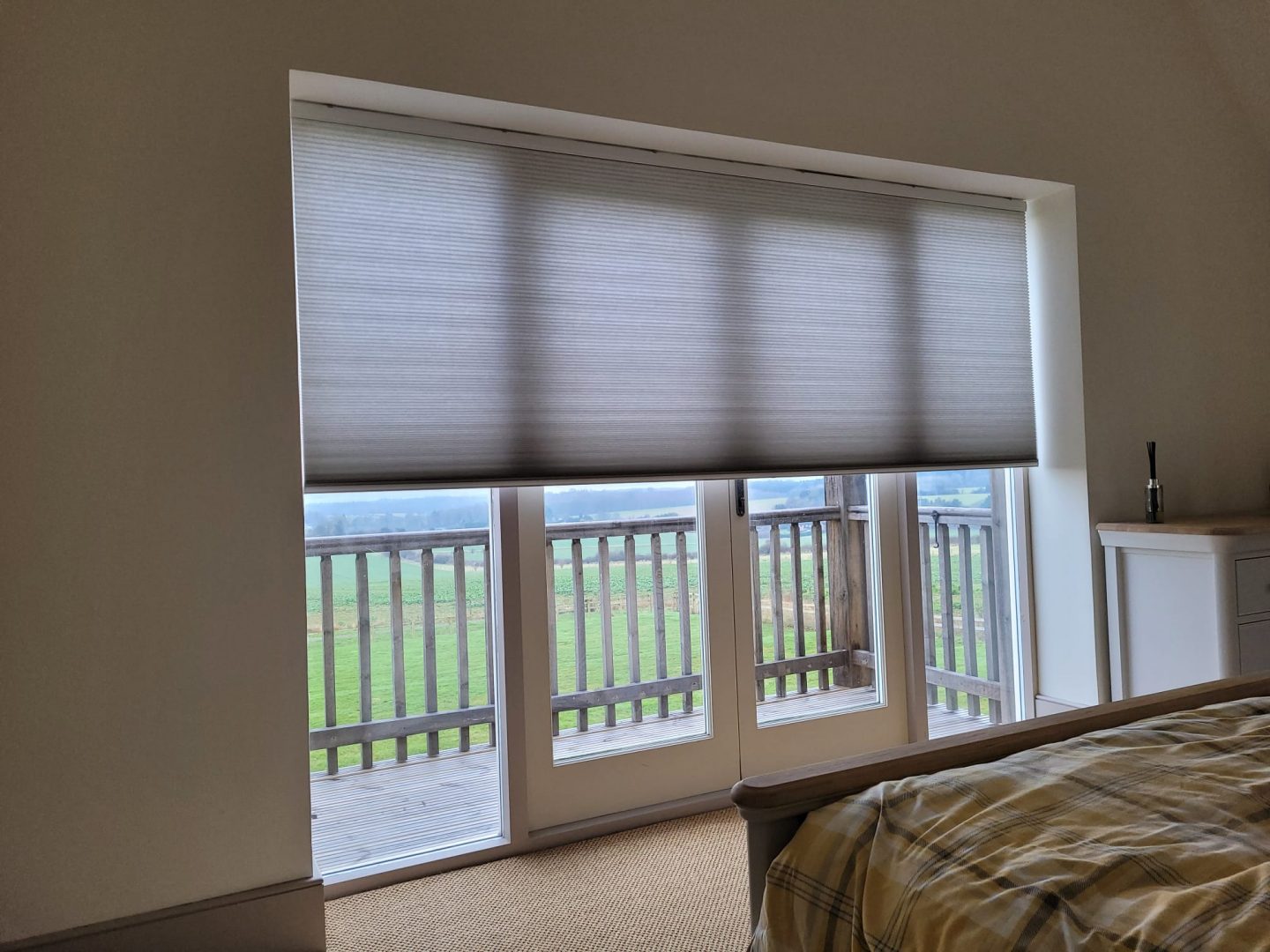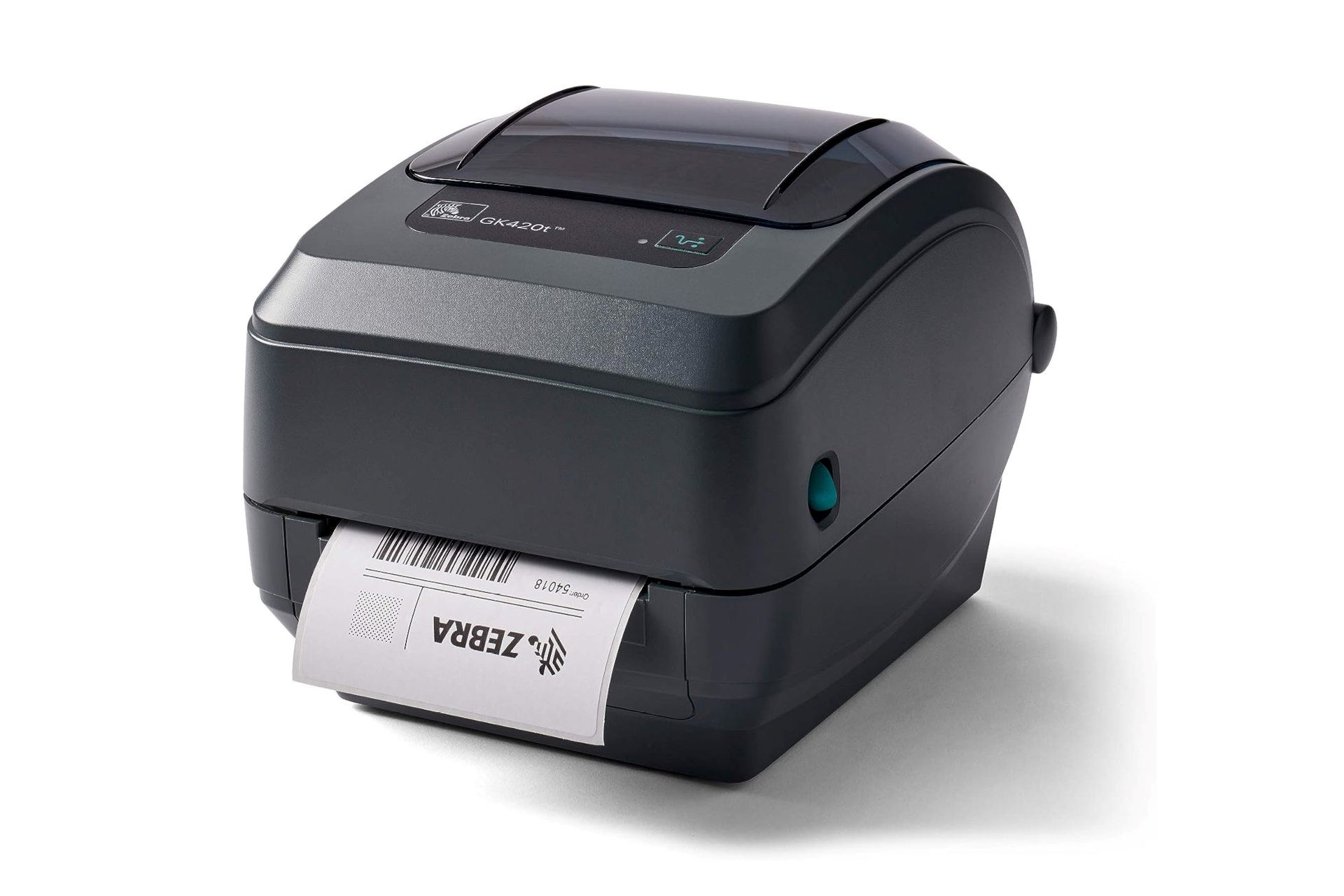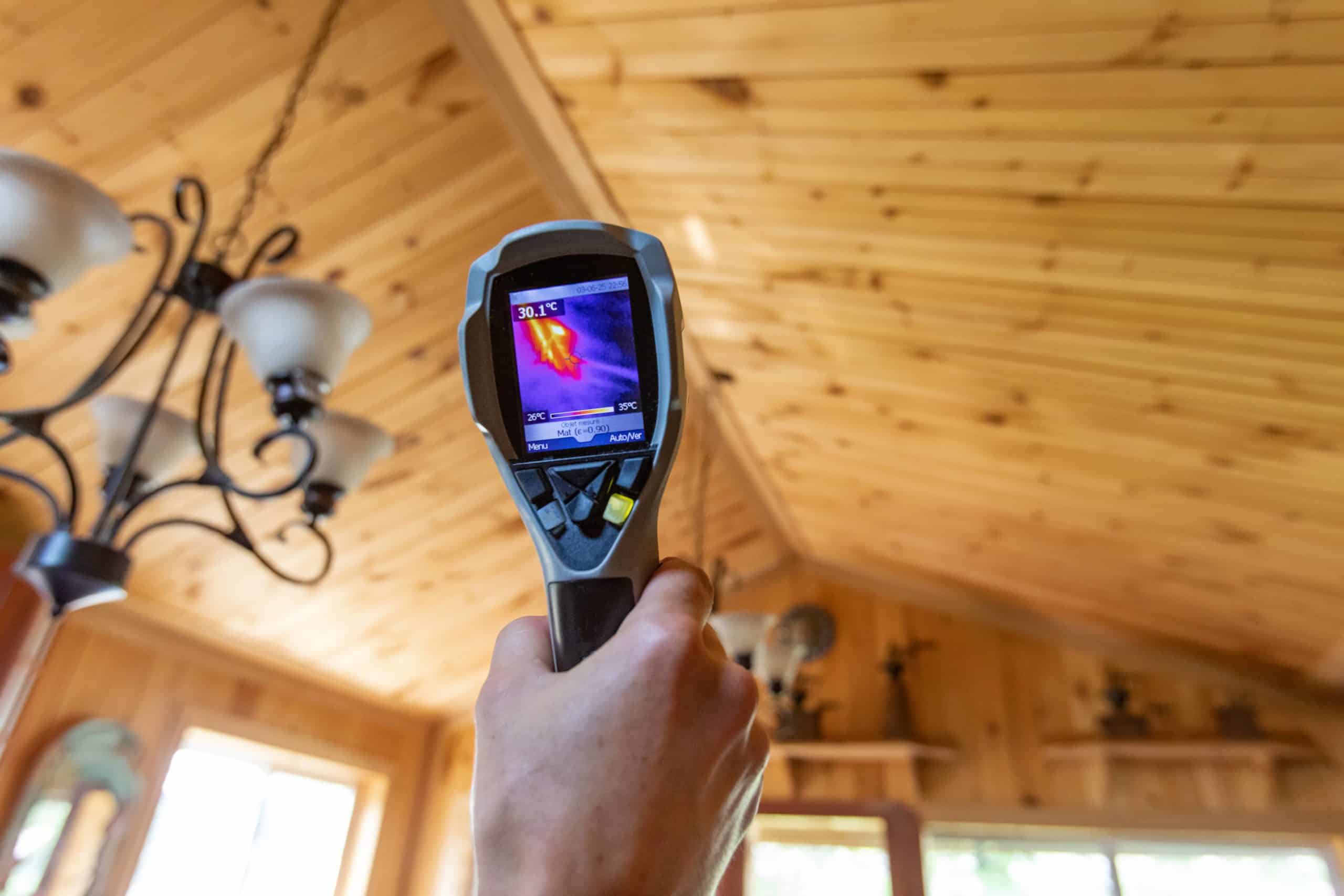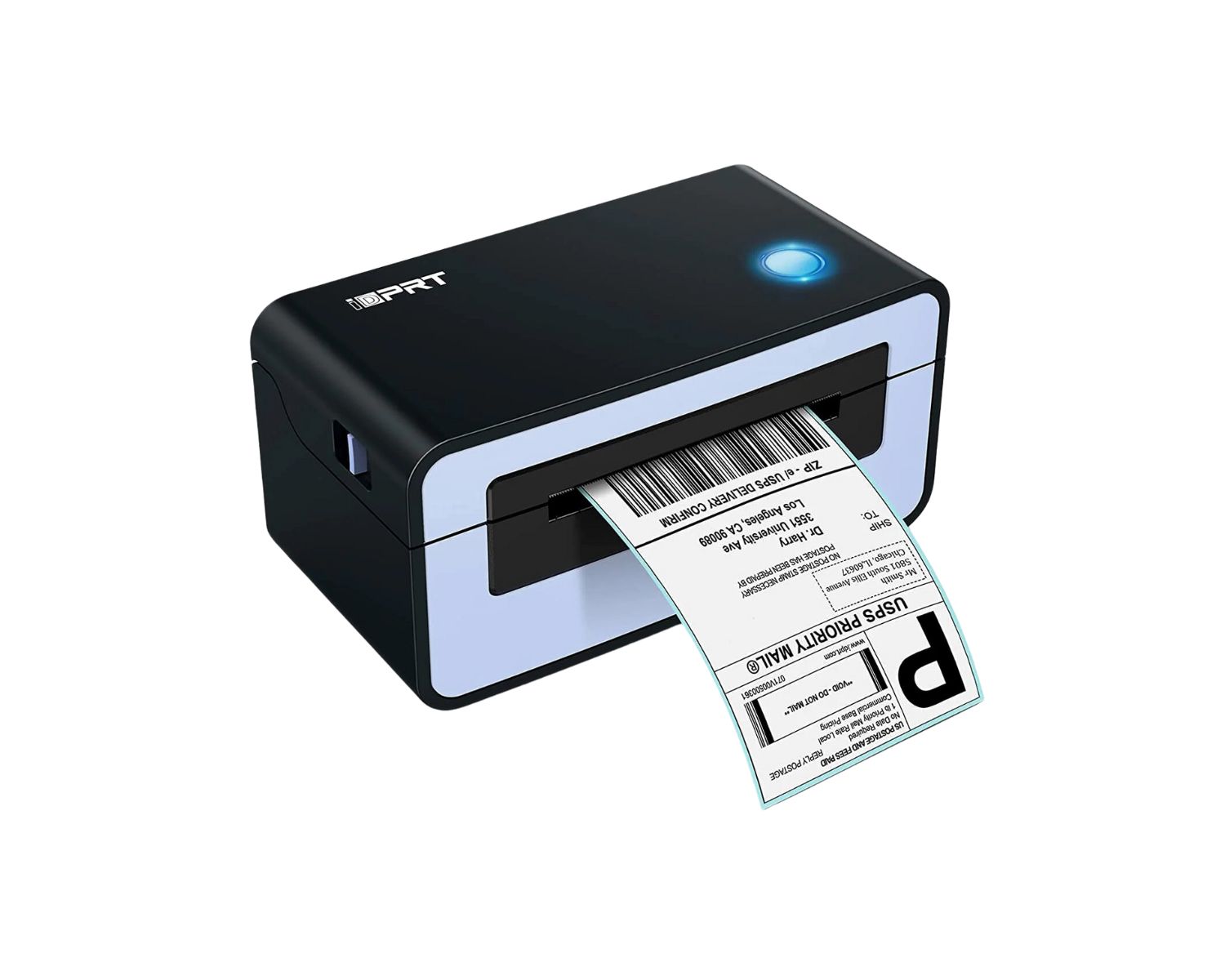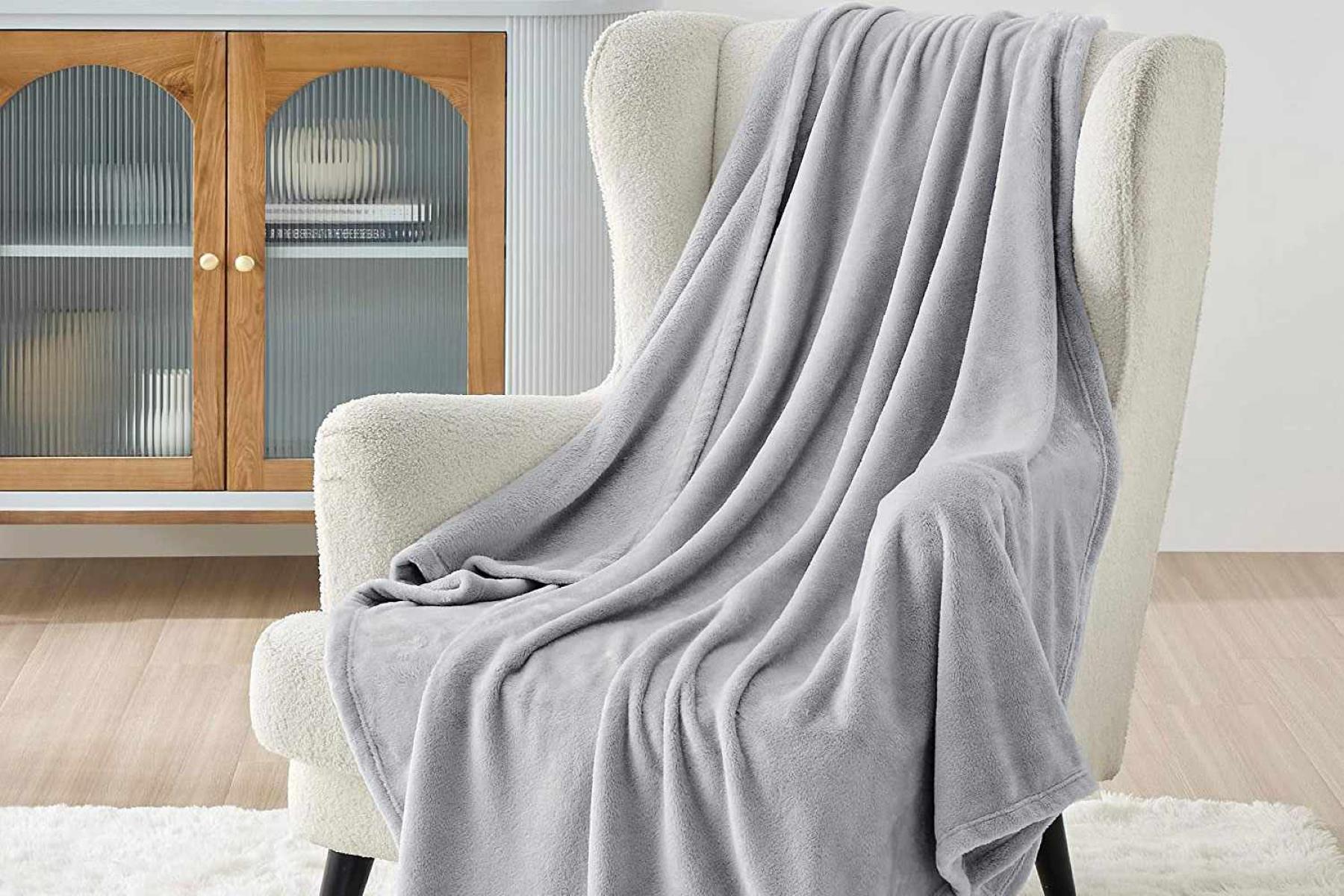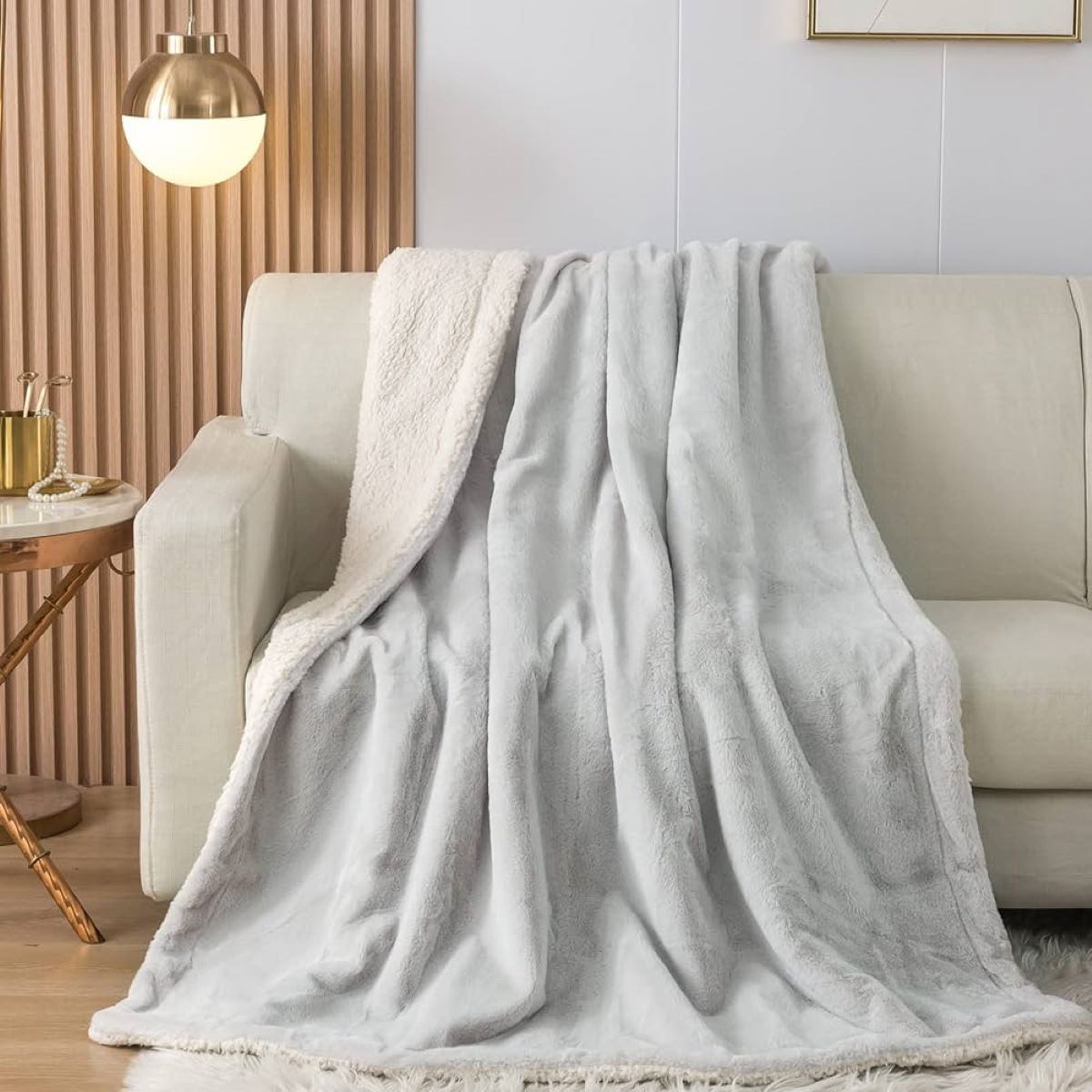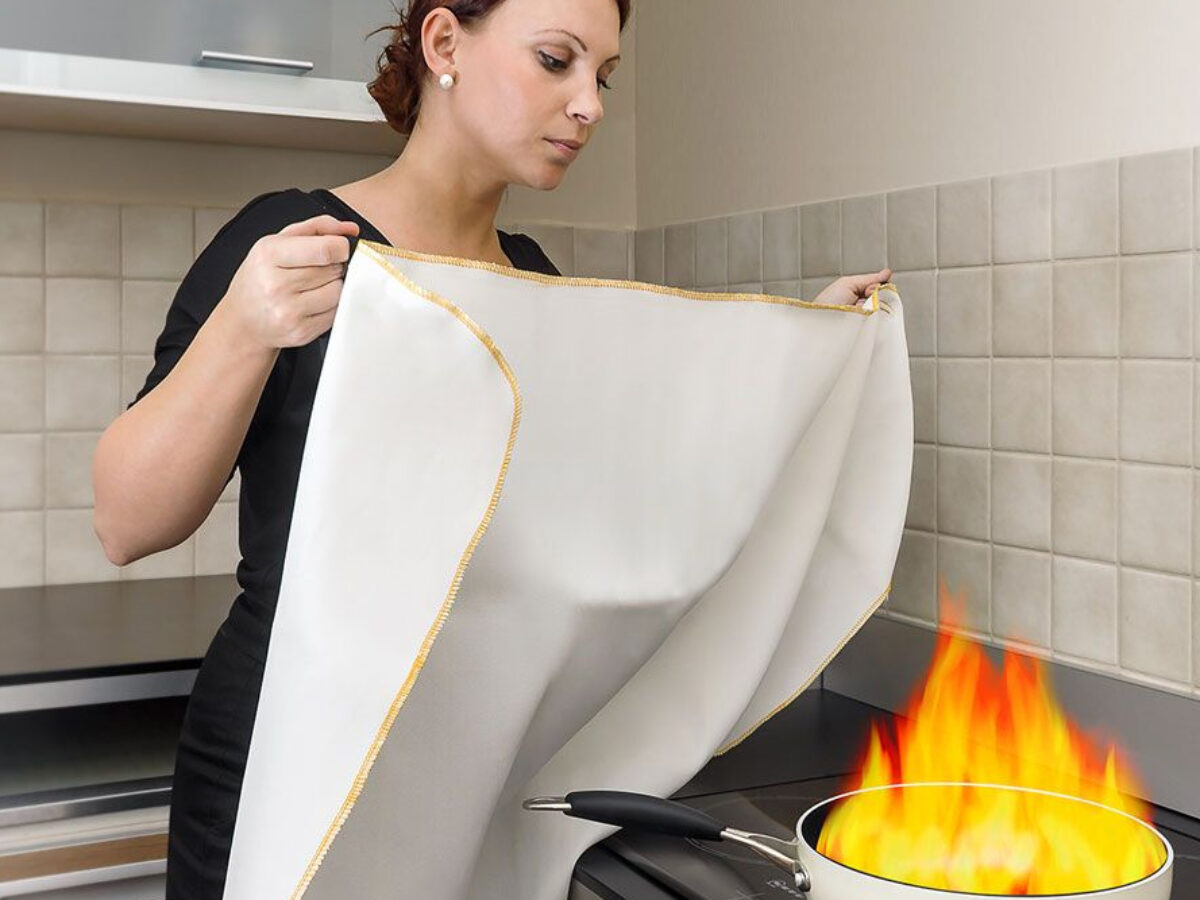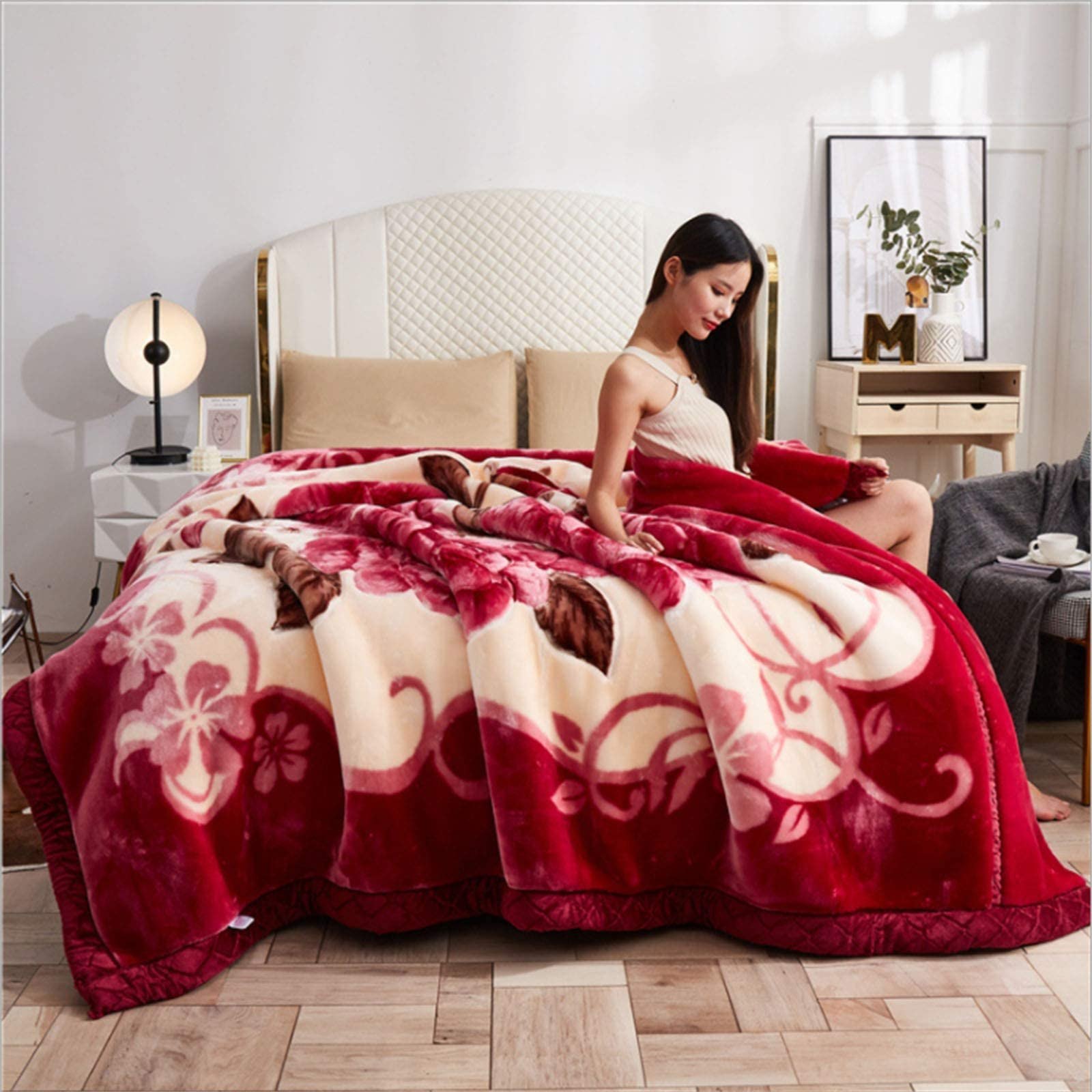

Articles
What Is A Thermal Blanket
Modified: January 9, 2024
Discover the benefits of thermal blankets with our informative articles. Learn how these blankets provide warmth and insulation in various settings.
(Many of the links in this article redirect to a specific reviewed product. Your purchase of these products through affiliate links helps to generate commission for Storables.com, at no extra cost. Learn more)
Introduction
When it comes to creating a cozy and comfortable environment, a thermal blanket is an essential item to have. Whether you’re snuggling up on the couch, enjoying some quality time outdoors, or trying to keep warm during the chilly winter nights, a thermal blanket can provide you with the warmth and comfort you need. In this article, we will explore the world of thermal blankets, diving into their definition, uses, types, factors to consider when choosing one, and the benefits they offer. So, let’s get started!
Key Takeaways:
- Thermal blankets are versatile, providing insulation and warmth for outdoor activities, emergency situations, home use, and even pet care. Their ability to trap and reflect body heat makes them a valuable and essential item in various settings.
- When choosing a thermal blanket, consider factors such as material, size, insulation, versatility, maintenance, and price to ensure it meets your specific needs. Proper care and maintenance are essential to preserve its longevity and effectiveness.
Read more: What Are Thermal Insulated Curtains
Definition of Thermal Blanket
A thermal blanket, also known as a heat-reflective blanket or an insulating blanket, is a specially designed blanket made from materials that have high thermal conductivity or heat resistance. The main purpose of a thermal blanket is to trap and retain body heat, providing insulation and warmth.
Thermal blankets are typically made from materials such as wool, fleece, or synthetic fibers like polyester. These materials have excellent insulating properties, allowing them to retain heat and prevent cold air from seeping through.
These blankets are usually lightweight and breathable, making them suitable for all seasons. They can be used indoors or outdoors and are commonly used during camping trips, emergency situations, or simply as an additional layer of warmth on colder nights.
One of the key features of a thermal blanket is its ability to reflect body heat back to the user. This is achieved through the use of a metallic or reflective coating on one side of the blanket. This coating helps to prevent heat loss by reflecting the body’s heat back towards the person, rather than allowing it to dissipate into the surrounding environment.
Thermal blankets may also have additional features to enhance their functionality. Some blankets are water-resistant or waterproof, making them suitable for outdoor use or in damp conditions. Others may have a windproof layer to provide added protection against chilly winds.
In summary, a thermal blanket is a specially designed blanket that is made from materials with excellent insulating properties. It is intended to trap and retain body heat, providing warmth and comfort in various settings.
Uses of Thermal Blanket
Thermal blankets have a wide range of uses and can be incredibly versatile. Here are some common ways in which thermal blankets are used:
- Outdoor Activities: Thermal blankets are a must-have for outdoor enthusiasts. Whether you’re camping, hiking, or picnicking, a thermal blanket can provide extra warmth and insulation, allowing you to stay comfortable even in cooler temperatures.
- Emergency Situations: Thermal blankets are often included in emergency kits and disaster preparedness supplies. In situations where individuals may be exposed to extreme temperatures or adverse weather conditions, a thermal blanket can provide vital warmth and protection.
- Hospital and Medical Settings: Hospitals and healthcare facilities may use thermal blankets to keep patients warm during surgeries, procedures, or in recovery rooms. They can also be used to help regulate body temperature for patients with certain medical conditions.
- Home Use: Thermal blankets are a cozy addition to any home. Whether you’re curling up on the couch to watch a movie or snuggling in bed, a thermal blanket can provide extra warmth and comfort during colder seasons.
- Traveling: Whether you’re taking a long flight or embarking on a road trip, a thermal blanket can make your journey more comfortable. It can provide insulation and warmth during chilly flights or act as a lightweight blanket for napping during long drives.
- Pet Care: Thermal blankets can be used to keep pets warm, especially during colder months. They can be placed in pet beds or used to line crates, providing a comfortable and warm space for your furry friends.
- Sports and Outdoor Events: If you enjoy attending outdoor sporting events or concerts, a thermal blanket can keep you cozy and comfortable. It can protect against the cold ground or provide an extra layer of warmth when sitting in the stands.
These are just a few examples of the many uses of thermal blankets. Their versatility and ability to provide warmth and insulation make them a valuable item to have in various situations and settings.
Types of Thermal Blankets
Thermal blankets come in various types, each with its own unique features and benefits. Here are some of the common types of thermal blankets:
- Wool Blankets: Wool blankets are a popular choice for thermal blankets due to wool’s natural insulating properties. They are soft, durable, and excellent at trapping and retaining body heat. Wool blankets are also breathable and moisture-wicking, making them suitable for a wide range of temperatures. They are ideal for both indoor and outdoor use.
- Fleece Blankets: Fleece blankets are made from synthetic materials like polyester and are known for their softness and plush texture. They have excellent thermal properties and are lightweight, making them perfect for snuggling up and staying warm. Fleece blankets are often used indoors and are great for lounging on the couch or adding an extra layer of warmth to your bed.
- Emergency Blankets: Also known as space blankets or Mylar blankets, emergency blankets are specifically designed for emergency situations. They are made from a thin, reflective material that effectively traps and reflects heat. These blankets are compact, lightweight, and often waterproof, making them an essential item in emergency kits or for outdoor activities where insulation and protection from the elements are crucial.
- Electric Blankets: Electric blankets are an excellent choice for those who want complete control over their warmth level. These blankets have built-in heating elements that provide customizable heat settings. Electric blankets can be used in bed or as throw blankets and often come with safety features such as auto shut-off timers. They are great for cold winter nights and can help improve sleep quality by keeping you warm and cozy.
- Reflective Blankets: Reflective thermal blankets are specially designed with a metallic or reflective layer to increase heat retention. These blankets are often used in outdoor activities or emergency situations. They work by reflecting body heat back towards the user, preventing it from escaping, and providing a barrier against cold external temperatures.
- Waterproof Blankets: Waterproof thermal blankets are designed with an added layer of water-resistant material. These blankets are ideal for outdoor use, as they can protect against moisture, dampness, and even light rain. Waterproof blankets are often used for camping, picnics, and other outdoor activities where staying dry and warm is essential.
- Weighted Blankets: Although not solely focused on thermal insulation, weighted blankets are blankets filled with evenly distributed weights, typically glass beads or plastic pellets. They provide a comforting and snug sensation while still providing warmth. Weighted blankets are known to improve sleep quality and reduce anxiety and stress. They are available in various weights and sizes and can be used year-round.
These are just a few examples of the types of thermal blankets available. The choice depends on personal preference, intended use, and the level of insulation required.
A thermal blanket is a lightweight, insulating blanket designed to retain body heat and keep you warm. It is often used in emergency situations, outdoor activities, or as an extra layer for warmth in cold weather.
Factors to Consider When Choosing a Thermal Blanket
When choosing a thermal blanket, there are several factors to consider to ensure you find the right one that meets your needs. Here are some key factors to keep in mind:
- Material: The material of the blanket plays a significant role in its thermal properties. Wool blankets are excellent insulators, while fleece blankets are soft and cozy. Synthetic materials like polyester can also provide good insulation. Consider your preferences for material, as well as any allergies or sensitivities you may have.
- Size: Consider the size of the blanket you need. If you plan to use it as a throw blanket, a smaller size may be sufficient. If you want to cover a bed or share the blanket with someone else, a larger size would be more appropriate. Measure the area you want to cover to ensure you choose the right size.
- Weight: The weight of the blanket can impact its comfort and warmth. Some individuals prefer a lightweight blanket for easy maneuverability, while others may prefer a heavier blanket for a cozy and snug feel. Consider the weight that provides the right level of comfort for you.
- Insulation: Consider the level of insulation the blanket offers. Look for blankets that are labeled as “thermal” or “insulating” to ensure they have the desired heat retention properties. Blankets with reflective or metallic layers are particularly effective at trapping and reflecting body heat.
- Versatility: Think about how you plan to use the blanket. If you intend to use it for outdoor activities, look for blankets that are water-resistant or waterproof. If you want a blanket for year-round use, consider one that is lightweight and breathable. Versatile blankets can adapt to different environments and offer more value.
- Maintenance: Consider the care instructions and maintenance required for the blanket. Some blankets can be machine-washed, while others may require hand washing or dry cleaning. Additionally, consider the durability of the material and how well it will hold up over time and repeated use.
- Price: Set a budget for your thermal blanket purchase. Prices can vary depending on the material, brand, and features of the blanket. While it’s important to find a blanket within your budget, prioritize quality and functionality to ensure you get a long-lasting and effective thermal blanket.
By considering these factors, you can find a thermal blanket that suits your preferences, provides adequate warmth, and meets your specific needs, whether for outdoor adventures, home use, or emergency situations.
Read also: 9 Best Hot Tub Thermal Blanket For 2024
Benefits of Using a Thermal Blanket
Using a thermal blanket offers a multitude of benefits, making it a valuable addition to your home, outdoor gear, or emergency preparedness kit. Here are some of the key benefits of using a thermal blanket:
- Enhanced Insulation: The primary benefit of a thermal blanket is its ability to provide enhanced insulation. These blankets are designed to trap and retain body heat, keeping you warm and comfortable even in cold or harsh weather conditions.
- Improved Sleep Quality: A thermal blanket can greatly improve your sleep quality, especially during the colder months. By keeping you warm and cozy throughout the night, it helps regulate your body temperature and promotes better sleep, resulting in a more restful and rejuvenating sleep experience.
- Versatility: Thermal blankets are incredibly versatile and can be used in various settings and situations. Whether you’re camping, traveling, attending outdoor events, or simply relaxing at home, a thermal blanket can provide the warmth and comfort you need.
- Emergency Preparedness: Including a thermal blanket in your emergency preparedness kit is essential. In emergency situations or during power outages, a thermal blanket can provide vital insulation, helping to prevent hypothermia and maintain body temperature in adverse conditions.
- Portable and Lightweight: Many thermal blankets are designed to be lightweight and easily portable. This makes them convenient to carry during outdoor activities, travel, and emergencies. Whether folded up in a backpack or stowed in the trunk of a car, a thermal blanket takes up minimal space and can be readily available when needed.
- Cost-Effective: Thermal blankets are an affordable option when compared to other heating alternatives. For example, using an electric heater can be expensive, while a thermal blanket provides warmth without the need for electricity or additional energy sources.
- Durable and Easy to Maintain: Many thermal blankets are made from durable materials that can withstand regular use and repeated washing. They are often easy to clean, requiring simple care instructions that make maintenance hassle-free.
- Comfort and Coziness: Beyond the practical benefits, thermal blankets offer a sense of comfort and coziness. Wrapping yourself in a warm blanket can create a soothing and relaxing environment, promoting feelings of relaxation and well-being.
Overall, using a thermal blanket provides numerous benefits, from improved insulation and sleep quality to versatility, portability, and cost-effectiveness. Whether you’re using it for outdoor adventures, emergency situations, or everyday comfort, a thermal blanket is a valuable item that offers warmth, comfort, and peace of mind.
How to Properly Care for a Thermal Blanket
To extend the lifespan and maintain the performance of your thermal blanket, proper care and maintenance are essential. Here are some tips on how to care for your thermal blanket:
- Read the Care Instructions: Start by reading the care instructions provided by the manufacturer. Different materials and blankets may have specific cleaning and maintenance requirements, so it’s important to follow the recommended guidelines.
- Regularly Shake or Air Out: To remove any dust or debris, give your thermal blanket a gentle shake or hang it outside for a short period to air it out. This will help keep the blanket fresh and clean.
- Machine Wash: Most thermal blankets can be machine washed, but always check the care instructions first. Use a gentle cycle with cold water and a mild detergent. Avoid using bleach or harsh chemicals, as they may cause damage to the fibers.
- Dry Thoroughly: After washing, it’s important to dry your thermal blanket properly. Follow the care instructions to determine if the blanket can be tumble dried or if it needs to be air-dried. If air-drying, lay the blanket flat or hang it up to prevent stretching or misshaping.
- Avoid Excessive Heat: When caring for your thermal blanket, avoid exposing it to excessive heat, such as high dryer temperatures or direct sunlight. Heat can damage the fibers and affect the insulating properties of the blanket.
- Spot Clean Stains: If your blanket has stains or spills, spot clean them as soon as possible. Use a mild detergent or stain remover and gently blot the affected area. Avoid scrubbing vigorously, as this can damage the fibers.
- Store Properly: When not in use, store your thermal blanket in a clean and dry place. Avoid folding it tightly for an extended period, as this can create wrinkles or creases. Instead, loosely fold the blanket or roll it up to prevent permanent folds or damage.
- Avoid Fabric Softeners: While fabric softeners may make other items softer, they can reduce the effectiveness of thermal blankets by coating the fibers. Avoid using fabric softeners when washing or drying your thermal blanket.
- Inspect Regularly: Regularly inspect your thermal blanket for any signs of wear and tear, such as thinning or fraying of the fabric. If you notice any issues, consider repairing or replacing the blanket to ensure it continues to provide optimal insulation and comfort.
By following these care tips, you can ensure that your thermal blanket remains clean, fresh, and in excellent condition for years to come. Regular maintenance and proper care will help preserve its thermal properties and ensure that you can continue to enjoy its warmth and comfort whenever you need it.
Conclusion
Thermal blankets are more than just snug and cozy additions to your home or outdoor gear – they are essential tools for providing insulation and warmth in various settings and situations. Whether you’re using them for camping trips, emergency preparedness, or simply to enhance the comfort of your everyday life, thermal blankets offer numerous benefits.
From their ability to trap and retain body heat to their versatility and portability, thermal blankets provide a reliable source of warmth and comfort. Whether you choose a wool blanket, a fleece blanket, an emergency blanket, or any other type of thermal blanket, they are designed to meet your specific needs and provide optimal insulation.
Proper care and maintenance of your thermal blanket are crucial to ensure its longevity and effectiveness. By following the care instructions provided by the manufacturer and taking simple steps like regular cleaning and gentle handling, you can enjoy the benefits of your thermal blanket for years to come.
So, whether you’re curling up on the couch, heading out for an outdoor adventure, or preparing for unforeseen emergencies, invest in a high-quality thermal blanket. With their ability to provide warmth, comfort, and peace of mind, thermal blankets are an indispensable item for creating a cozy, comfortable, and protected environment.
Choose your thermal blanket wisely, take good care of it, and let its insulating properties keep you warm and cozy no matter where you are.
Frequently Asked Questions about What Is A Thermal Blanket
Was this page helpful?
At Storables.com, we guarantee accurate and reliable information. Our content, validated by Expert Board Contributors, is crafted following stringent Editorial Policies. We're committed to providing you with well-researched, expert-backed insights for all your informational needs.
